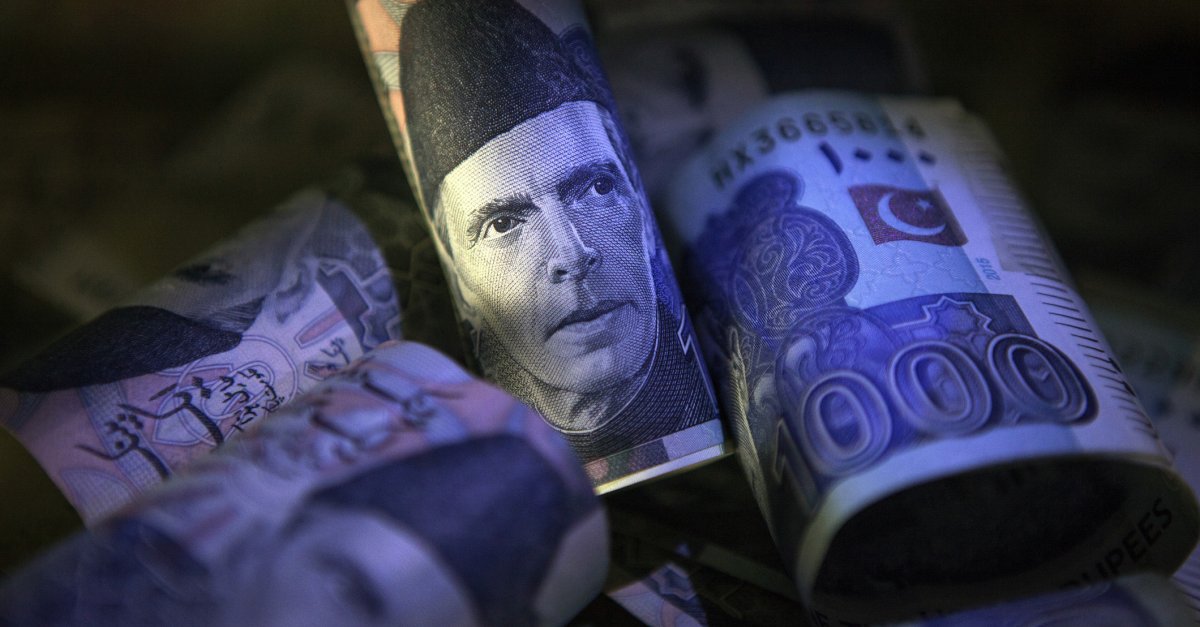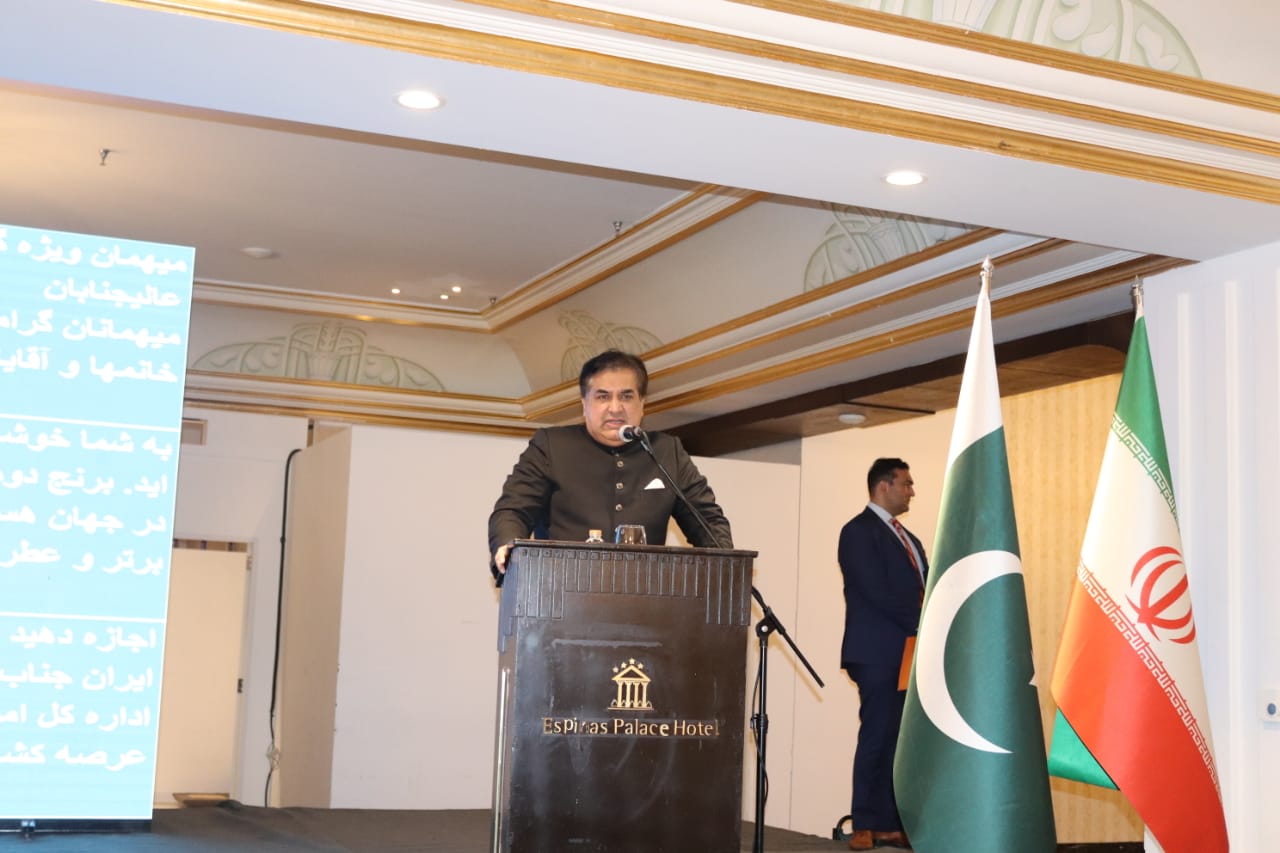In recent months, the Pakistani rupee (PKR) has been under significant pressure against the United States dollar (USD), leading to concerns among economists and policymakers. The current economic indicators suggest that the PKR may weaken further against the USD in the coming months. Experts have projected a potential drop to 293.52 by September 2023 and, if the situation persists, it could fall as low as 317.29 by June 2024. Such depreciation could have far-reaching implications for the Pakistani economy and its citizens.
Weakening PKR: Factors and Forecasts
Several factors contribute to the projected weakening of the PKR against the USD. Firstly, the persistent trade deficit and a declining foreign exchange reserve have put pressure on Pakistan’s currency. Additionally, a high inflation rate, coupled with rising global oil prices, has further strained the country’s economy. The COVID-19 pandemic and its impact on various sectors, such as tourism and remittances, have also played a significant role in this scenario.
Forecasts by financial analysts indicate that the PKR’s value may depreciate to 293.52 against the USD by September 2023. This projection is based on an analysis of current economic trends and the potential impact of ongoing domestic and international factors. If the situation remains unchecked, experts believe that the PKR could continue to weaken, reaching as low as 317.29 against the USD by June 2024.
Impact on the Pakistani Economy:
The weakening of the PKR against the USD would have wide-ranging consequences for the Pakistani economy. Firstly, it would increase the cost of imported goods, making essential commodities more expensive for consumers. This would further exacerbate the already high inflation rate, impacting the purchasing power of ordinary citizens and potentially leading to social unrest.
Furthermore, a weaker PKR would adversely affect businesses that rely heavily on imports. Raw materials and machinery required for manufacturing would become costlier, leading to reduced profit margins. Small and medium-sized enterprises, which form the backbone of Pakistan’s economy, would face significant challenges in this scenario, potentially leading to closures and job losses.
The depreciation of the PKR would also impact the government’s fiscal position. External debt repayments would become more expensive, putting additional strain on the country’s finances. This could lead to an increase in government borrowing and potentially result in a higher budget deficit, affecting development projects and public welfare initiatives.
Steps to Address the Situation:
In summary, when the International Monetary Fund (IMF) provides financial assistance to countries, it often imposes conditions to address economic vulnerabilities and promote stability. These conditions may include fiscal reforms to reduce budget deficits and improve public finances, monetary and exchange rate policies to control inflation and stabilize currencies, structural reforms to enhance competitiveness and sustainability, and social safety nets to protect vulnerable segments of society. This may pose short-term challenges for Pakistan, as the debt-ridden country struggles financially.
To mitigate the potential adverse effects of a weakening PKR, the government and central bank must take proactive measures. Firstly, efforts should focus on addressing the trade deficit and promoting exports. By incentivizing local industries and diversifying export markets, Pakistan can enhance its foreign exchange earnings and reduce reliance on imports.
Furthermore, the central bank may consider implementing policies to stabilize the PKR. This could include intervening in the foreign exchange market to manage fluctuations and ensure a more gradual depreciation. Additionally, measures to attract foreign investment and encourage remittances from overseas Pakistanis would help strengthen the country’s foreign exchange reserves.
The projected weakening of the PKR against the USD is a cause for concern, given the potential impact on the Pakistani economy. As the currency continues to face pressure due to various domestic and international factors, it is crucial for the government and central bank to take decisive action. By implementing policies that address the trade deficit, promote exports, and stabilize the currency, Pakistan can mitigate the risks associated with a weaker PKR. Such measures would not only protect the economy but also safeguard the welfare of the citizens, ensuring a more stable and prosperous future for the country.
















